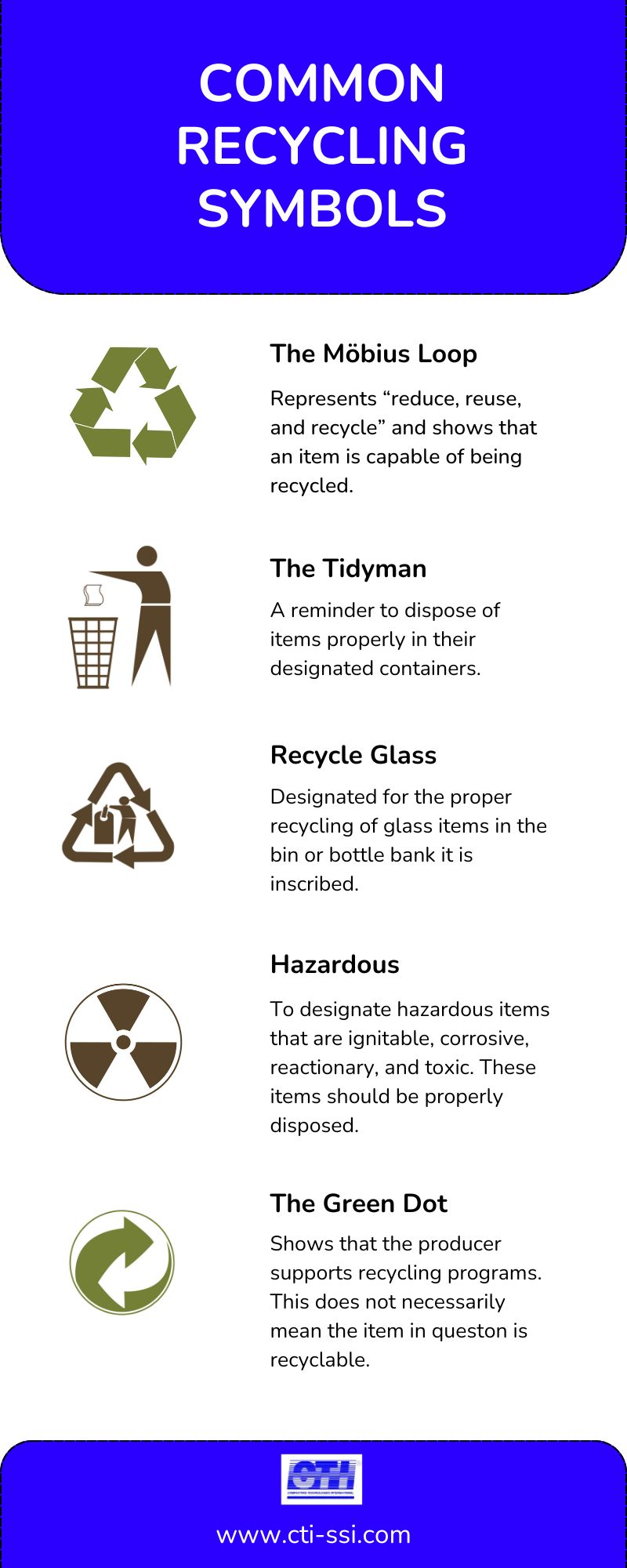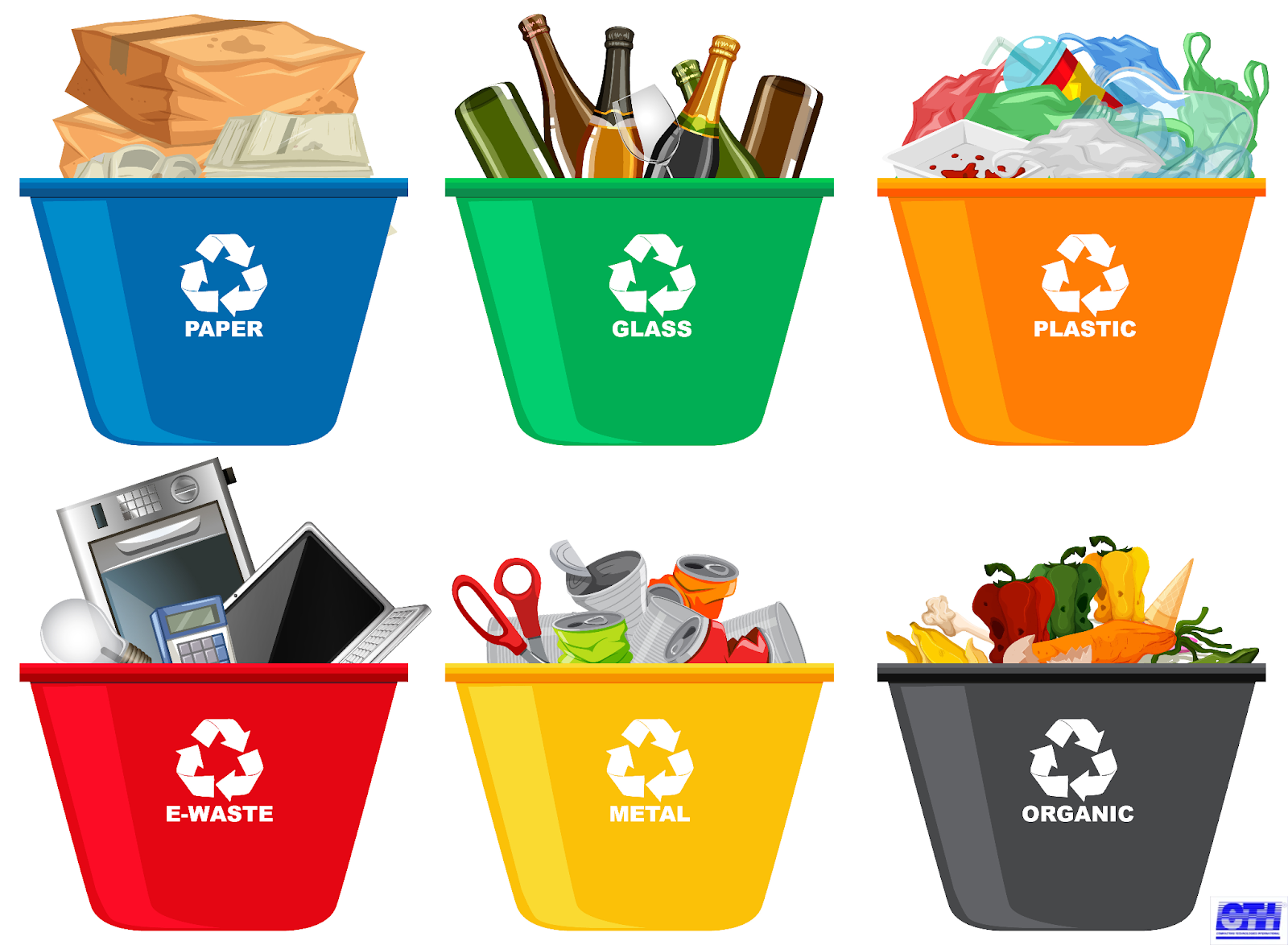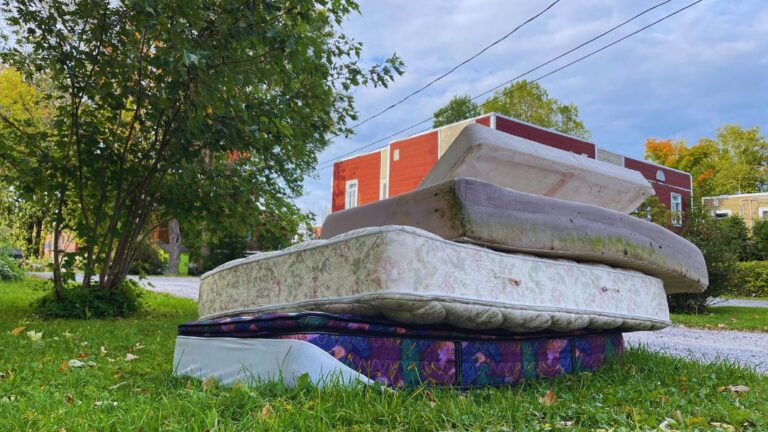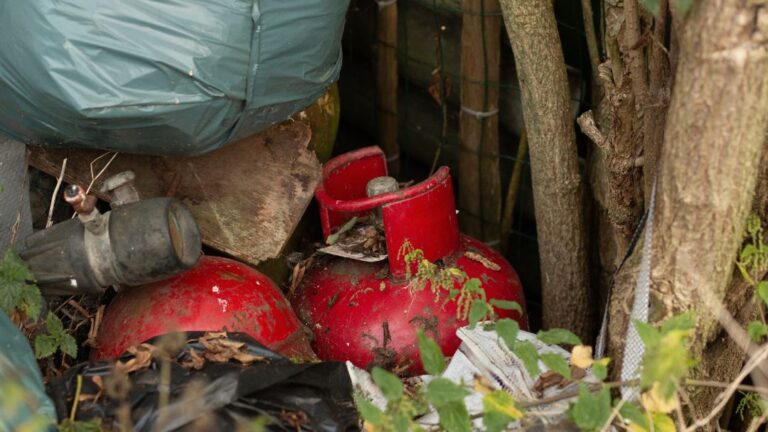Every day, tons of waste end up in landfills or get incinerated, leading to all forms of environmental pollution. What if this waste could be turned into valuable resources? That’s where waste recycling comes in—an essential process that reduces pollution while preserving resources.
Waste recycling is one of the most beneficial waste disposal methods in the world. It is efficient and resourceful in ensuring waste can still be useful. In the real sense, waste recycling is a waste management process rather than a waste disposal process because it focuses on making sure the wastes are not entirely disposed of.
It is a very important aspect of the 3Rs of waste management (Reduce, Reuse, Recycle) because it is the only one that considers items that are no longer of use to the initial user.
However, not everybody understands what waste recycling entails. In this blog, we will be looking at everything you need to know about waste recycling, including why you should do it, how to do it, and the best ways to get it done. Let’s get started.
What is Waste Recycling?
Waste recycling is the process of converting waste materials into useful materials by taking them through a repurposing process.
The conversion might be a retrieval of the same material. For example, broken glass containers could be made into new containers of the same kind. The conversion could also be into a new item. An example is the conversion of PET plastic bottles into polyester fibers for clothes, shoes, carpets, etc..
The major steps involved in waste recycling are:
| Waste Recycling Step | Activity involved |
| Collection and Transportation | Gathering of recyclable wastes from their source through curbside pickup, drop-off centers, or buy-back programs |
| Sorting and Processing | Grouping every recyclable waste and preparing them for repurposing |
| Repurposing and Manufacturing | Using the processed wastes as raw materials to manufacture new items |
So many fascinating things could be formed through recycling. The social aspect of the process is the collection and transportation, which involves everyone appropriately managing their waste. We could say waste recycling is a way of making sure nothing is a waste, this is a concept known as zero waste.
At the end of the day, waste recycling leads to a decrease in the production of waste which in turn leads to a reduction in both sanitary and non-sanitary waste disposal. Let’s take a deeper look at the all-round benefits of waste recycling.

Benefits of Waste Recycling
Waste recycling is one of the most efficient and eco-friendly ways to manage waste. There are so many environmental and human benefits of recycling. Let’s discuss the major ones.
Environmental Benefits of Waste Recycling
Almost all the benefits of waste recycling stem from its environmental influence. Waste recycling has a very big impact on our environment in different ways.
Here are some environmental benefits of waste recycling:
Reducing Environmental Pollution
This is a major benefit of waste recycling. With the removal (and recycling) of certain waste materials from the environment, many aspects of pollution are curbed.
One of the most common waste disposal methods is the use of landfills. Although this is a sanitary method and it helps to get the waste away from the environment, it has disadvantages which include the likely contamination of nearby soil, water, and air through the buildup of soil toxins, formation of leachates, and emission of methane respectively.
Waste recycling will not totally eradicate landfills, but it will reduce its use which will in turn reduce the likelihood of its polluting effects.
Preserving Natural Resources
Disposal of waste without recycling means that many products have to be created from scratch. This will lead to a restart of processes to mine or extract natural resources for manufacturing.
Some of those actions involve deforestation, mining, and water depletion. These are all environmental-unfriendly practices. A more practical example is that recycling one ton of paper saves 17 trees and 7,000 gallons of water needed for new paper production.
With proper recycling, there will be less need to extract new raw materials, thereby leading to long-term sustainability and continuous production of new items from recycled material.
Saving Energy
A more general explanation of preserving natural resources is that waste recycling is involved in energy conservation in many forms.
By preventing natural resource extraction, and landfill use, and making sure that the waste already out there are the materials used to generate new products and new energy, you help reduce energy consumption in the community.
Recycling materials like aluminum, plastic, and paper requires significantly less energy than producing them from raw materials. For example, recycling aluminum saves 95% of the energy needed to create new aluminum from bauxite ore.
Lowering Greenhouse Gas Emissions
Waste recycling leads to fewer carbon emissions by reducing the environmental footprint of industrial production.
As mentioned earlier, landfills are quite popular, so is incineration. These normal waste disposal methods produce by-products such as methane and CO₂, your typical greenhouse gases.
Recycling reduces the need or frequency of these methods and helps to lower the level of greenhouse gas emissions. This directly leads to an eco-friendly environment and also helps in the global fight against climate change.
Health Benefits of Waste Recycling
The satisfactory implementation of waste recycling in any community promotes the health and well-being of individuals in that community. Recycling leads to a reduction in landfill waste as well as the maintenance of a good environment (land, air, and water) for healthy living.
Here are a few ways waste recycling benefits human health:
- Prevents respiratory illnesses such as asthma and Chronic Obstructive Pulmonary Disease (COPD) by promoting cleaner air
- Reduction of disease transmission by decreasing insects and other transmitters in the community
- Reduction of community exposure to hazardous waste
- Keeping the environment in a sanitary state by protecting land, air, and water from pollution
- Protection of biodiversity by conserving natural resources for human use
Economic Benefits of Waste Recycling
Here are some ways waste recycling benefits the economy:
- Products produced from recycling are often cheaper due to the ease of getting raw materials
- Jobs are created in the community to be involved in any of the 3 steps of waste recycling
- Businesses can generate revenue by cutting down on the amount of new resources they need to acquire.
These benefits and more can occur with communities involving themselves in proper waste recycling. To do that, one needs to be aware of how to recycle and the things that can be recycled. Let’s take a look at that.
Waste That Can Be Recycled

You will find recycling bins all around. These are not useful if the right things aren’t thrown in them. Recyclable waste consists of materials that can be reprocessed and reused to create new products.
| Recyclable Item | Examples | Benefits |
| Papers* | Newspapers, magazines, cardboard boxes | Saves trees, water, and energy while reducing landfill space |
| Plastics* | PET bottles, HDPE containers, and some food containers | Reduces carbon emissions from incineration |
| Glass | Bottles, jars, containers | Safety from injuries, ease of production of the same type of material |
| Metals | Containers and things made from aluminum, copper, steel, and tin | Energy conservation and preservation of natural resources |
| Electronics (E-Waste) | Phones, laptops, batteries, and circuit boards | Prevents hazardous materials like lead and mercury from polluting the environment |
| Textile and Fabric* | Old clothes, curtains, and upholstery fabrics | Reduction of waste materials in landfills and incineration |
*Ensure that papers and plastics are not contaminated with other substances like grease, oil, and wax. Those types of substances make processing very difficult.
*Packaging that combines layers of plastic, paper, and metals makes the sorting process a lot more difficult. Such wastes are better disposed using landfill or incineration. Examples of such items include Juice boxes, chip bags, and coffee cups with plastic linings.
*Clothes that are non-biodegradable such as leather, fast-fashion items, and synthetic fabrics do not break down easily and should be avoided. They are better off giving out to charity for reuse.
Waste That Can’t Be Recycled
Here are some items that are better reused or reduced, as recycling is either difficult, not possible or requires expensive specialized processes.
| Non-recyclable item | Reason |
| Styrofoam (polystyrene), plastic wrap, plastic utensils | Materials are economically unviable for large-scale recycling and difficult to separate and repurpose |
| Ceramics and Pyrex glass | Have different melting points than regular glass bottles, making them incompatible in recycling streams. |
| Sanitary and Medical waste | Contain biological waste and bodily fluids which make them unsafe for recycling |
| Non-Biodegradable Clothing & Shoes | Synthetic fibers do not break down easily and are difficult to process. |
N.B: These are not the only non-recyclable wastes, many more specific items can’t be largely grouped. Take note of the deficiencies noted in the recyclable section, as well as the fact that recyclable items should not be disposed of in plastic bags.
Recycling Hazardous Waste
In waste disposal and recycling, hazardous wastes are a specific case. RCRA hazardous wastes are highly regulated and require knowledge of some hazardous waste recycling policies.
The wastes themselves need to be contained and kept as far away from residential areas as possible, but some valuable materials can be recovered and reused. Some wastes like radioactive or highly reactive chemicals, paints, pesticides, cleaning products, and batteries require specialized disposal because they contain toxic, flammable, or corrosive materials that can damage recycling equipment.
Before getting rid of RCRA hazardous wastes the right way, here are some things you can salvage:
- Metals from prohibited E-waste like gold, silver, mercury, and copper
- Lead and plastics from batteries
- Solvents and oils within the waste materials
However, it’s crucial to check with your local recycling center for acceptable hazardous waste. This will help with the sorting. One shouldn’t be exposed to hazardous waste. You should procure a CTI Compactor to help with the disposal of the rest.
Legislation Involving Waste Recycling
In October 2020, the Environmental Protection Agency (EPA) published a draft of the National Recycling Strategy for public comment. This is one of their series of efforts to establish a circular system in the U.S.
A circular system describes a place where waste is consistently re-utilized as resources, to reduce the mining or extraction of newer resources and decrease the need for typical waste disposal methods. This will lead to all the benefits already discussed earlier.
Due to this vision, many legislations govern, guide, and regulate its execution. The EPA regulates household, industrial, and manufacturing solid and hazardous wastes under the Resource Conservation and Recovery Act (RCRA). However, no national law in the United States mandates recycling. State and local governments often introduce their own recycling requirements.
This makes recycling more of a responsibility. Ensure that you get acquainted with the recycling regulations in your state as they are usually more direct and strict.
How To Recycle Properly
To reap the environmental, health, and economic benefits of recycling, it has to be done well. We have a responsibility to participate in waste recycling.
Here are a few things to do to recycle properly:
- Familiarize yourself with the local waste management authority of your state and their waste recycling regulations and demands.
- Keep waste materials “pure” enough for recycling. This involves separating mixed-material items, cleaning off contaminants like grease, removing non-recyclable components, and rinsing out containers of food residue.
- Use recycling bins correctly. Dispose the right materials in their correct sections.
- Utilize waste compactors in your waste management.
Effective Waste Recycling and Disposal with Compactors
Waste compactors are one of the most profitable investments to make in waste management. Compactors are useful for waste recycling and waste disposal. They are also utilized to store and dispose of hazardous waste.
The benefits of compactors in waste management include:
- Compression and collection of large volumes of recyclable materials
- Reduction of waste volume
- Safe storage and transport of all types of waste
- Compliance with waste storage and disposal regulations and laws
- Reduction of the need for other waste disposal methods such as landfill and incineration
At Compacting Technologies International (CTI), we produce durable and efficient compactors of different strengths and affordability. Our compactors have custom hydraulics and a crushing insert to reduce your waste volume beyond your imagination.
This helps to save costs and reduce your liabilities from accidents of any kind. You would recycle properly and efficiently.
Take control of your waste management with a high-efficiency CTI compactor. Browse our models today and start reducing waste effectively!
FAQs About Waste Recycling
How does waste recycling save money?
There are many economic benefits of waste recycling. Individuals will pay less for waste disposal if they reuse, reduce, or recycle; Businesses that make use of recycled materials often lower production costs; Municipalities save money by reducing landfill use.
What happens if I put the wrong item in the recycling bin?
Non-recyclable items that get mixed up in the recycling process slow down the sorting process, require specialized methods, or entirely contaminate the items and render them unrecyclable and have to be disposed with another method.
How do I know the recyclable items in my area?
Your local waste management authority will determine the recycling options in your area. You can check for more information about that on the Earth911 recycling website.




